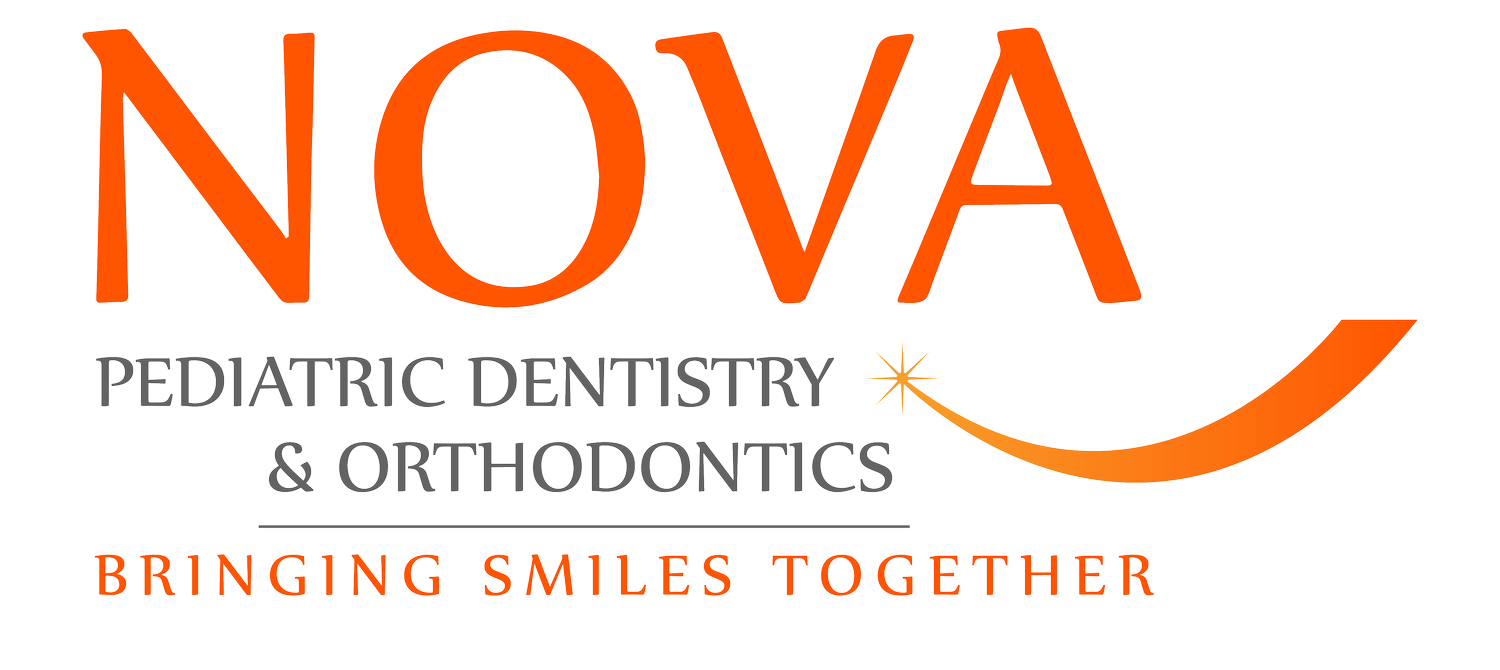- Aesthetic Appeal: Invisalign aligners are virtually invisible, making them popular among adults and teens who prefer a discreet treatment.
- Comfort: Many patients find Invisalign more comfortable than traditional braces, as they lack metal brackets and wires.
- Treatment Duration: Invisalign often offers quicker treatment times for mild to moderate cases, while braces may be more effective for complex issues.
- Maintenance: Invisalign requires discipline in wearing aligners for at least 20-22 hours a day, while braces are fixed and require regular adjustments.
Is It Better to Get Invisalign or Braces?
Choosing between Invisalign and braces depends on individual needs, but many find Invisalign to be a more flexible and discreet option.
Aesthetic and Comfort Considerations
Invisalign’s primary advantage lies in its aesthetic appeal. The clear aligners are less noticeable than metal braces, making them a popular choice for adults and teenagers who are concerned about their appearance during treatment.
Additionally, the smooth plastic of Invisalign aligners tends to be more comfortable than the metal wires and brackets associated with braces, reducing the risk of irritation to the gums and cheeks. Consulting with an orthodontist can help determine which method is best suited for your particular needs.
Aesthetic and Comfort Considerations
One of the standout features of Invisalign is its aesthetic appeal. The clear aligners are discreet, allowing patients to undergo treatment without the noticeable appearance of metal braces. This makes Invisalign particularly attractive to adults and teens who may feel self-conscious about traditional braces. Additionally, the smooth plastic design of Invisalign aligners often results in fewer instances of discomfort compared to braces, which can cause irritation from metal brackets and wires.
However, it’s important to recognize that not all orthodontic issues can be effectively treated with Invisalign. While it works well for many alignment problems, more severe cases, such as significant bite issues, may require the precise control that traditional braces offer. Consulting with an orthodontist can help determine which option is most suitable based on individual needs.
Treatment Duration and Maintenance
Treatment duration can also differ significantly between Invisalign and braces. Invisalign typically allows for faster treatment for mild to moderate cases, sometimes completing in as little as six months to two years. In contrast, traditional braces may take longer, especially for complex misalignments.
Maintenance is another critical factor. Invisalign requires consistent wear and discipline; aligners must be worn for 20-22 hours a day and changed every one to two weeks. This responsibility can be challenging for some patients. On the other hand, braces are fixed in place and require regular orthodontic visits for adjustments, making them easier in terms of daily management.
Conclusion
Ultimately, the choice between Invisalign and braces depends on personal preferences, lifestyle, and specific dental needs. While Invisalign offers aesthetic and comfort benefits, braces may be the better option for more complex orthodontic cases. If you’re unsure which treatment is right for you, consult an orthodontist to discuss your options and create a tailored plan.
Schedule Your Consultation Today!


